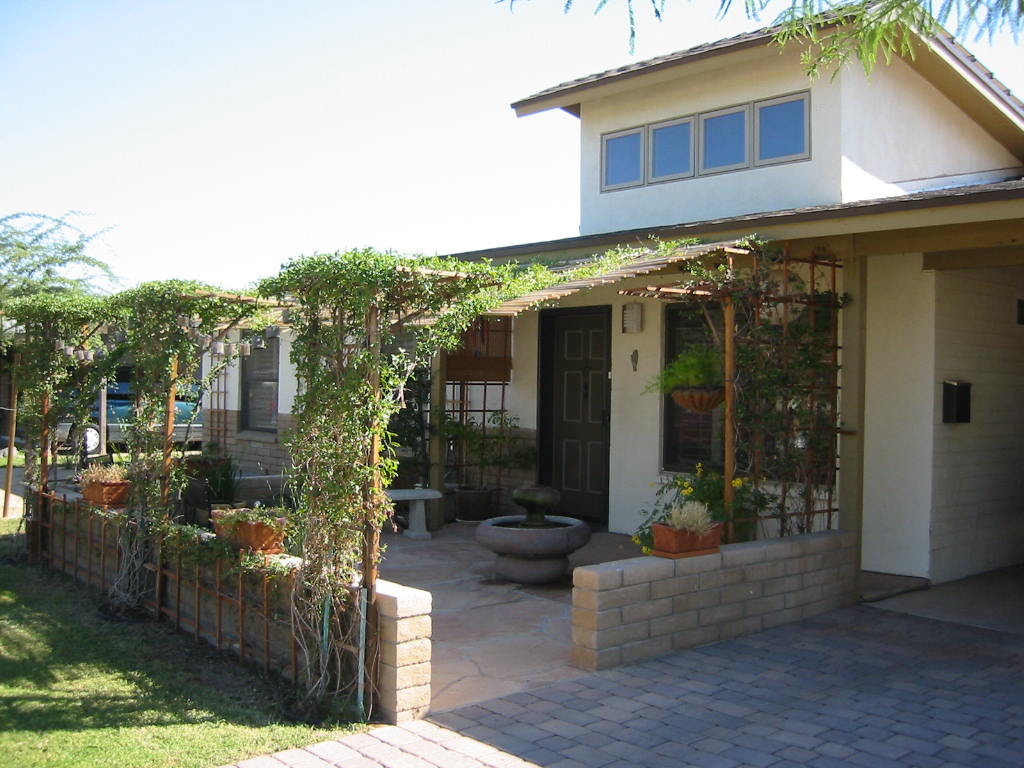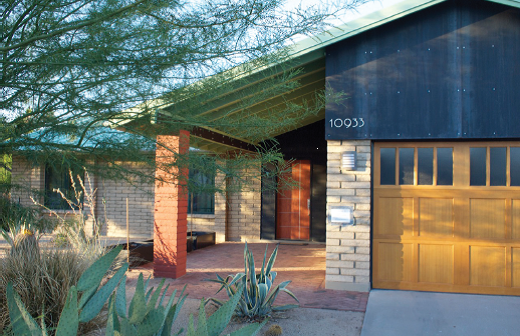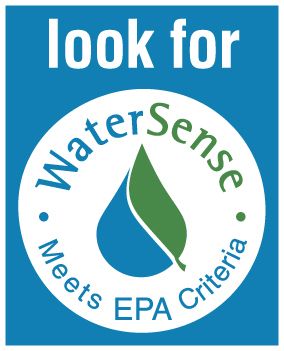Buying a new home or remodeling an existing one offers an opportunity to improve the comfort, health, and performance of your home by incorporating energy efficiency improvements, water savings, and indoor environmental enhancements. The following tips will help you make informed decisions, whether you’re planning to buy a new home or remodel your existing one.
Choose or create the right location
- Conducive neighborhood for walking and biking.
- Proximity to services and activities (school, shopping, farmer’s market, entertainment, trails and parks, public transportation).
- Community or municipal recycling program.
- Outdoor living spaces with ample summer shade (covered patios, porches, courtyards, trellises, drought tolerant shade trees, and vegetation).
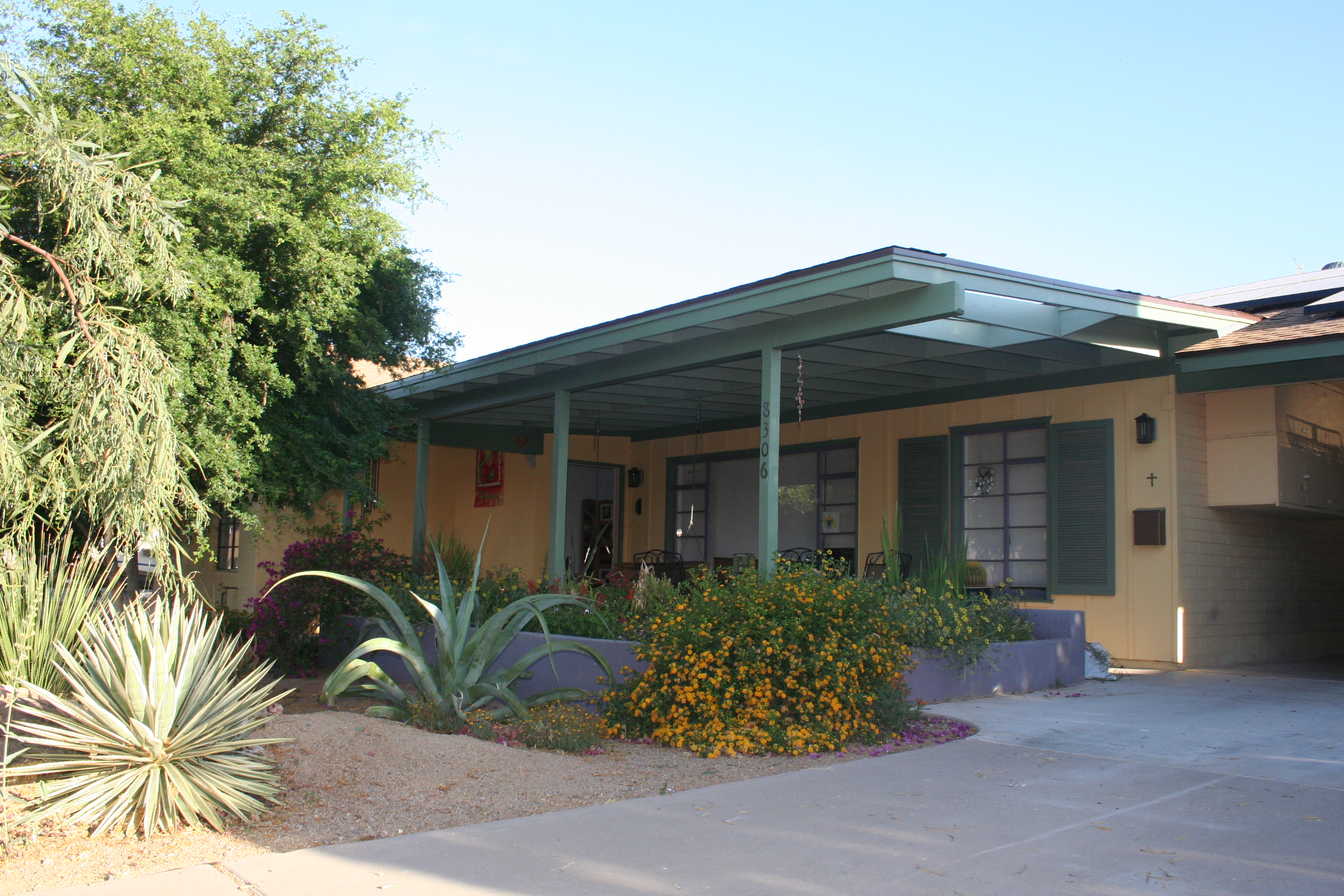
Get the right design
- Minimize summer solar heat gain.
- Protect exterior entrances from the direct summer sun with recessed or covered design elements.
- Minimize sun exposure on east and west facing windows with maximum shade (trees, sunscreens).
- Maximize natural light and cross-ventilation opportunities where possible.
- Incorporate landscape design using Xeriscape principles.
- Use low-water-use or locally adapted plants that require less water.
- Place trees and vines to provide summer shade on the home exterior.
- Select efficient irrigation technologies like drip irrigation and SMART controllers (look for WaterSense labeled).
- Grade the yard to channel rainwater to plants.

Do the right exterior
- A cool shell with shaded entries (light colored roof and wall surfaces).
- Optimal insulation (minimum of: R-38 in ceilings & R-13 (2 x 4 frame wall) or R-19 (2 x 6 frame wall).
- High-performance windows (maximum of 0.25 solar heat gain coefficient).
- Consider local/regional materials such as masonry, mesquite wood, paving stones, earthen walls (adobe bricks, rammed earth) and/or recycled content products.
Create the right interior
- Low volatile organic compound (VOC) paints, sealants, adhesives, coatings, and finishes.

- Multi-directional daylight (north/south and minimum east/west facing windows with shade overhangs/screening devices and high/clerestory windows where possible).
- Efficient heating and cooling (minimum 14 SEER) with airtight ducts and pleated filters.
- High-efficiency lighting and appliances that are Energy Star labeled.
- Install high-efficiency plumbing:
- Look for WaterSense-labeled fixtures (toilets, showerheads, lavatory faucets).
- Consider manifolds to get hot water to fixtures more quickly and efficiently (in new home construction).
- Consider a demand-controlled (button-activated) hot water circulation pump when the water heater is located more than 21 feet from the furthest bathroom or kitchen fixture based on a 3/4 inch main trunk supply line size (32 feet for 5/8 inch trunk line size) (for existing home performance improvements).
- Consider direct reuse of gray water from baths, showers, and laundry for your landscape (this is much easier for new construction and achievable for washing machine discharge in existing homes using biodegradable detergent).
For more information, please visit the Scottsdale Green Building Program.
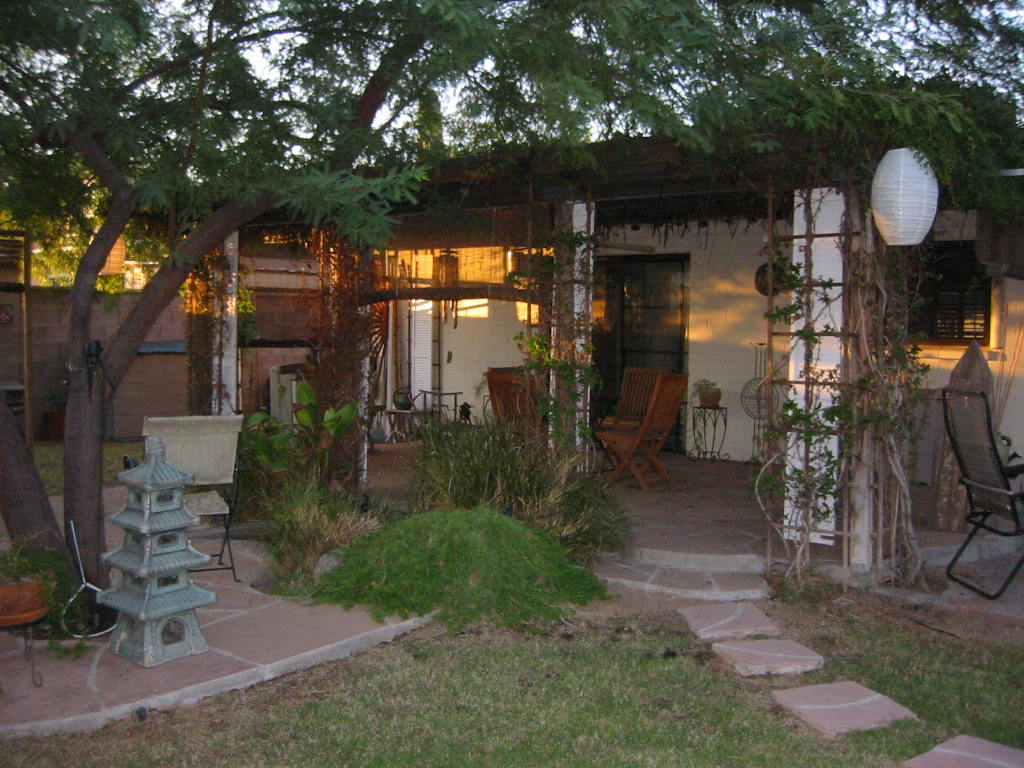
From time to time, Water – Use It Wisely features guest bloggers who write about topics related to water and water conservation. The author of this blog, Anthony Floyd, is a licensed architect and Green Building Program Manager for the City of Scottsdale. He helped to establish Arizona’s first Green Building Program and is responsible for outreach, project qualification and maintaining Scottsdale’s regionally-based green and energy efficiency standards.


